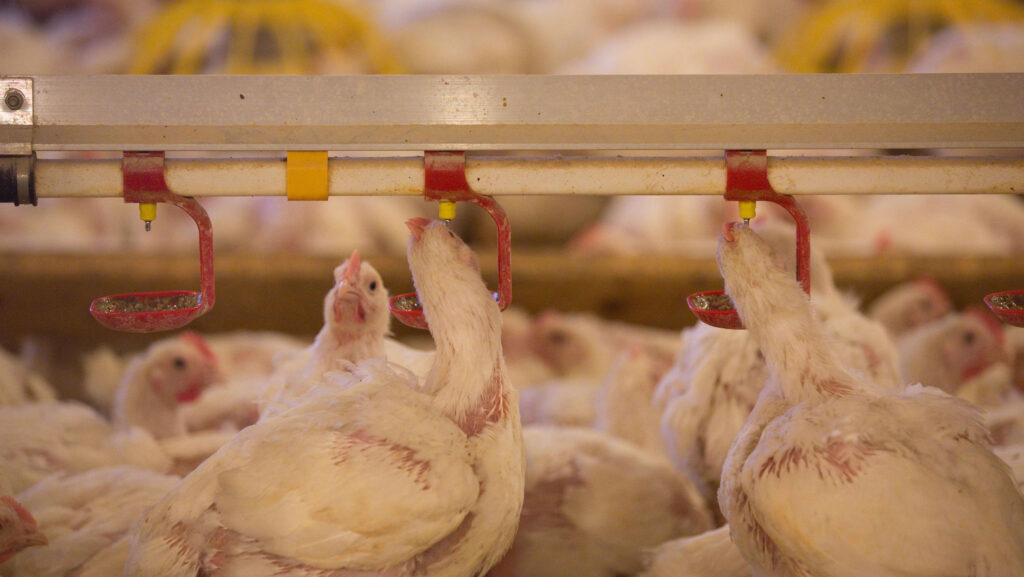Thumbs down for vaccination as a bird flu control measure
 © Tim Scrivener
© Tim Scrivener Plans to use vaccination to prevent avian influenza in poultry flocks have been turned down, the UK avian influenza vaccination task force has confirmed.
The joint task force is considering the use of vaccination in poultry flocks and a more detailed report is expected in the summer.
See also: UK egg supply could tighten as result of bird flu cases
For now, the task force maintains that early reporting, rapid diagnosis, and robust disease control measures help to minimise the spread of disease and mitigate its effects on the wider poultry industry.
Control measures currently include movement restrictions, culling and disposal, cleansing and disinfection, epidemiological investigations and surveillance.
Significant issues
Preventative vaccination in poultry is recognised as a potential disease control measure.
However, there are significant issues, such as masking of clinical signs and continued virus transmission which will need to be addressed before a vaccine can be licensed for use.
There are also several practical and commercial aspects which could present significant logistical and cost challenges to industry, says the task force’s interim report published on Friday (7 March).
Concerns about potential impacts on international trade also continue to limit the use of vaccination in many areas globally.
For a vaccine to be licenced, it has to meet a variety of criteria, including its applicability to multiple avian species, protection after dose, and capability to identify infected birds in a vaccinated population.
Not viable
UK chief veterinary officer Christine Middlemiss said: “While vaccination may play a role in the long-term management of the disease, current evidence shows it is not a viable approach for effective outbreak control at this time.
“Stringent biosecurity, including early detection, remains the most effective means of controlling disease and we will continue to work closely with industry and ensure our approach remains robust and science-led.”
The number of birds and poultry culled in the UK because of highly pathogenic avian influenza (H5N1) has breached the two million mark, with the latest hit seeing 39,000 turkeys culled in North Yorkshire on Thursday (6 March).
More than 200,000 laying pullets were culled at the end of February near Malpas, Cheshire, and throughout February, 68,900 free-range layers were lost from the egg market.
Over a million barn hens were culled at a single site in Shropshire in January.
Cases of the H5N1 virus have now also been reported in Northern Ireland, resulting in 64,000 free-range layers being culled near Dungannon in County Tyrone.
